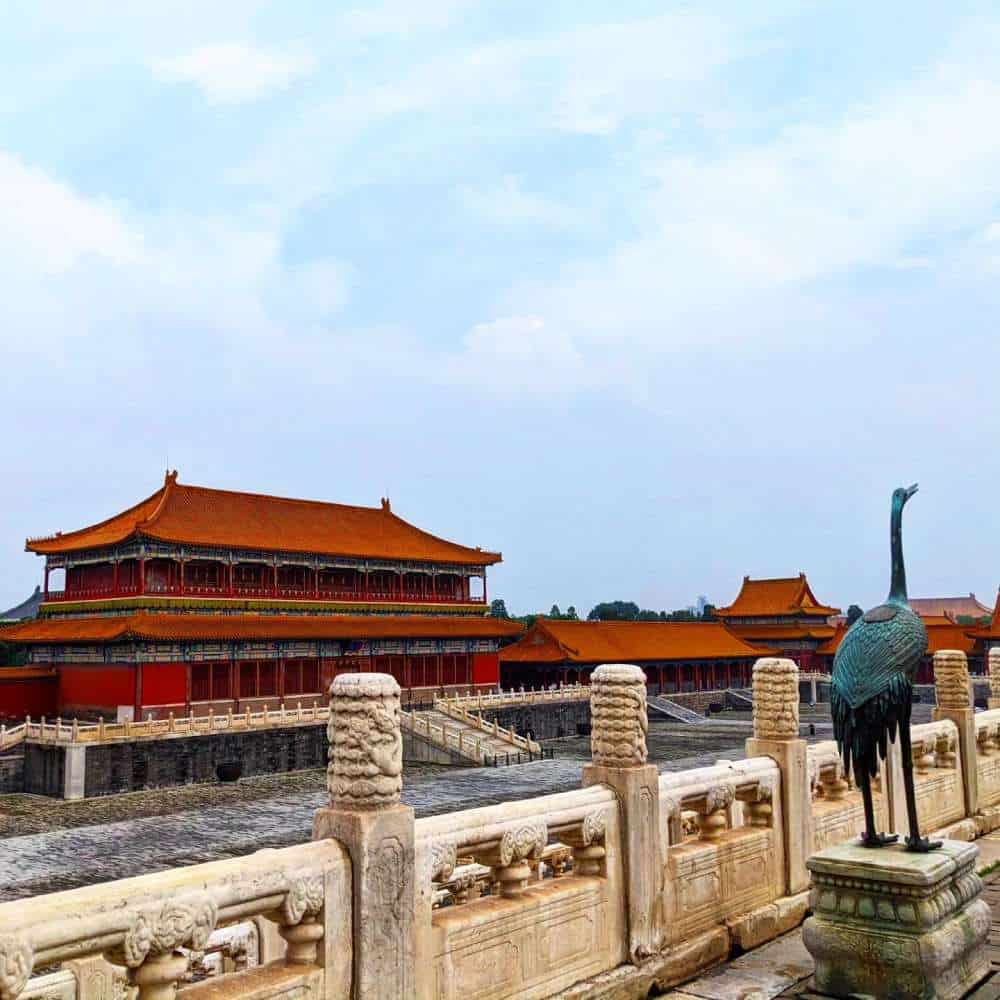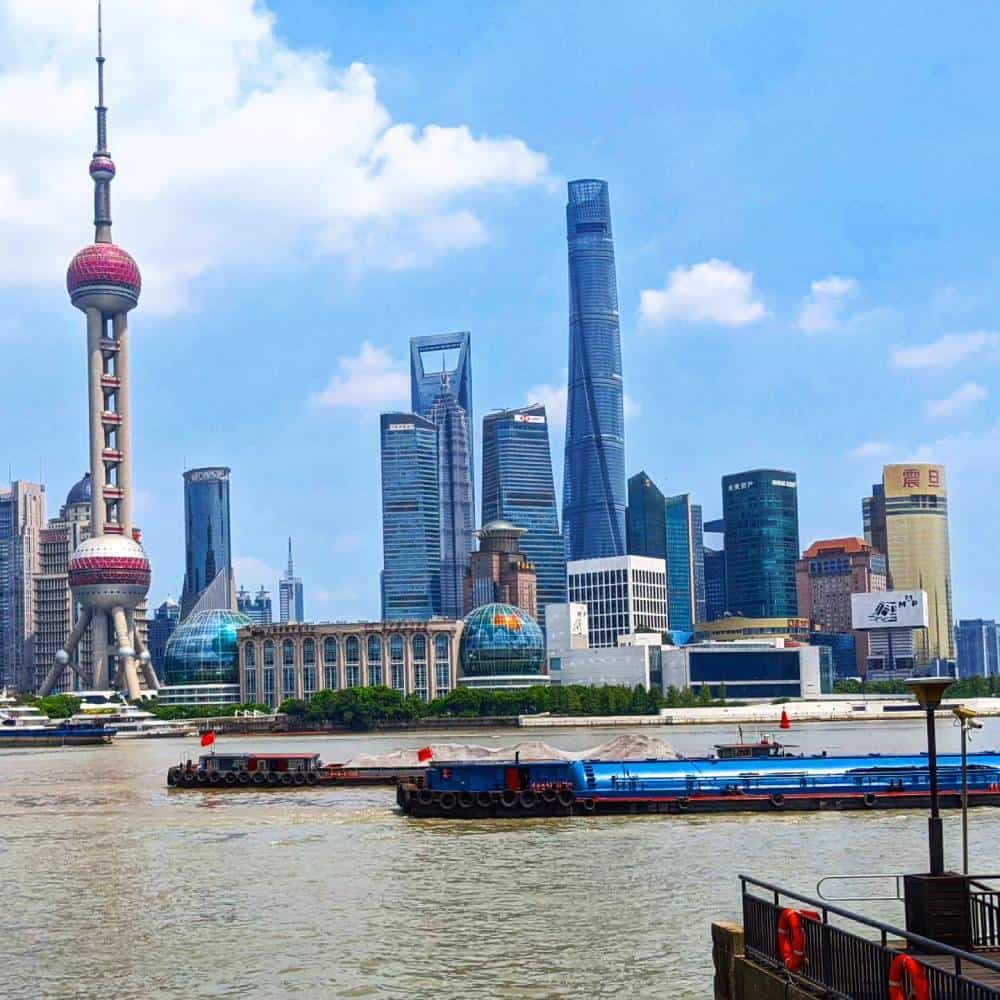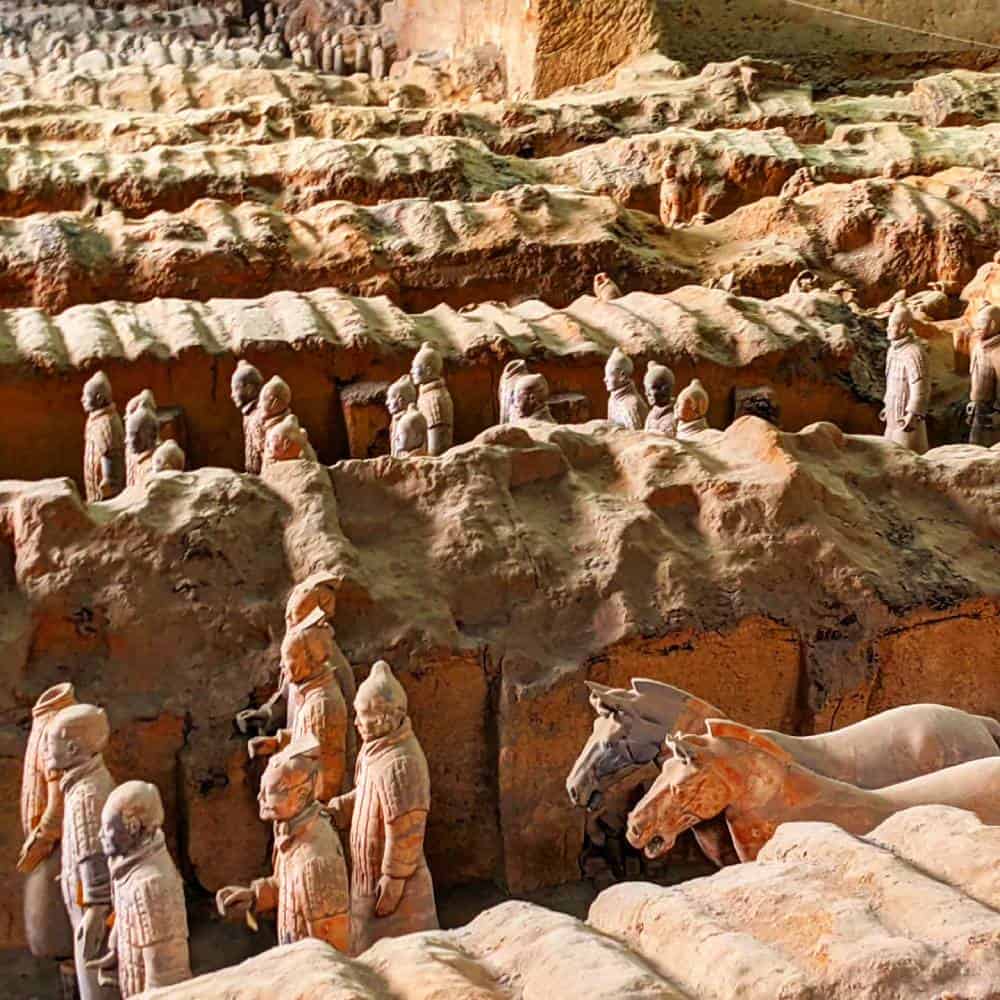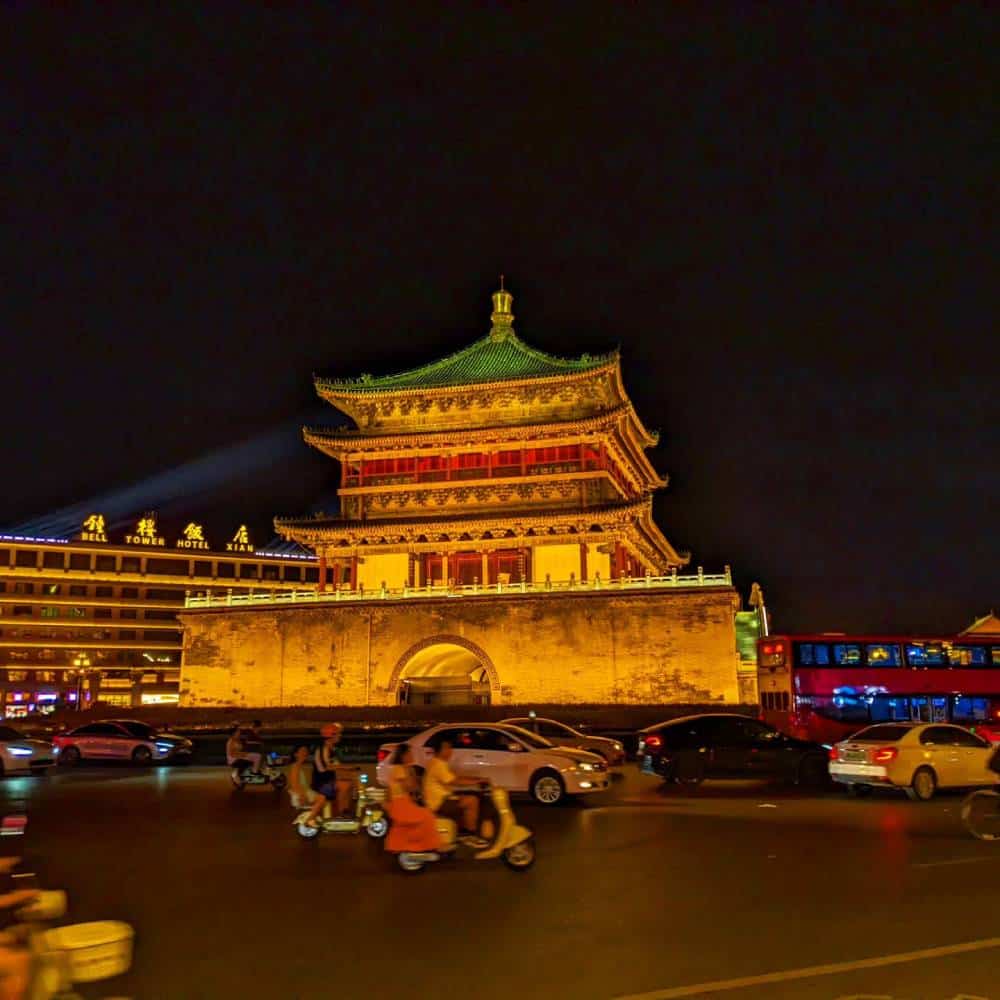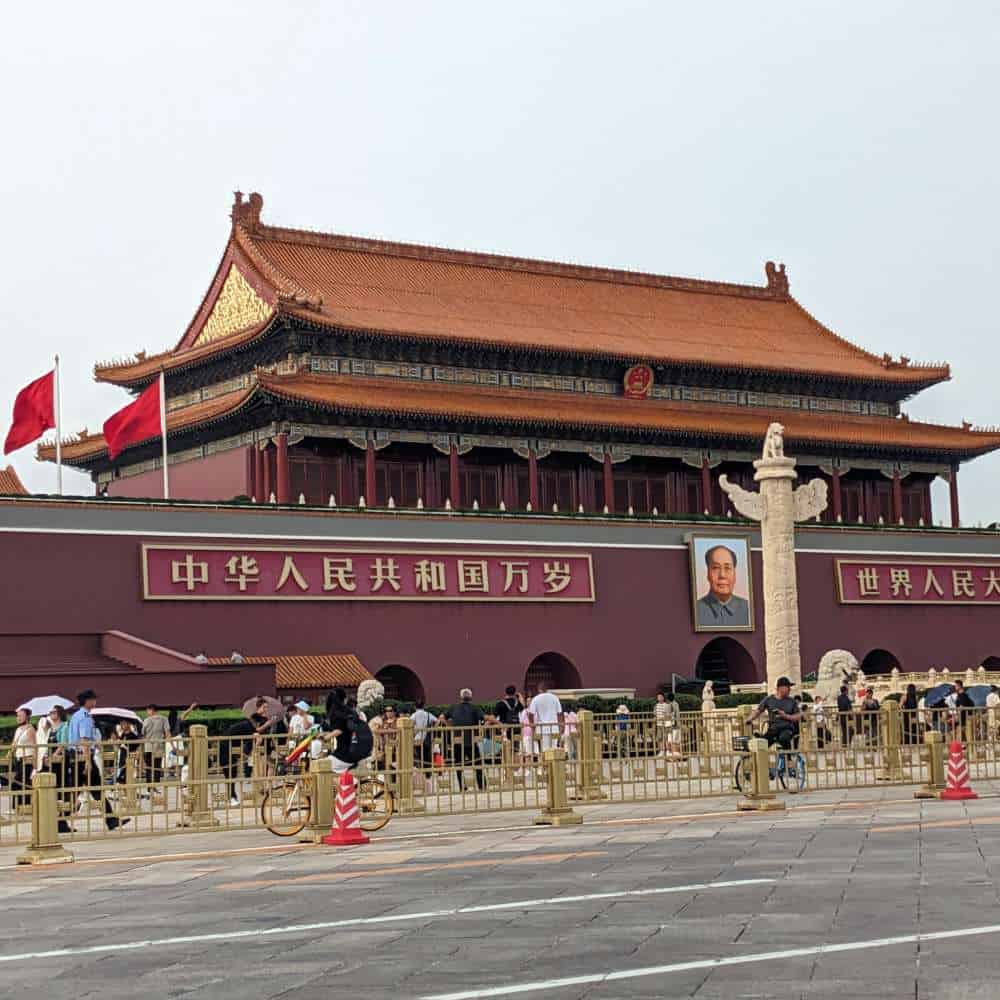
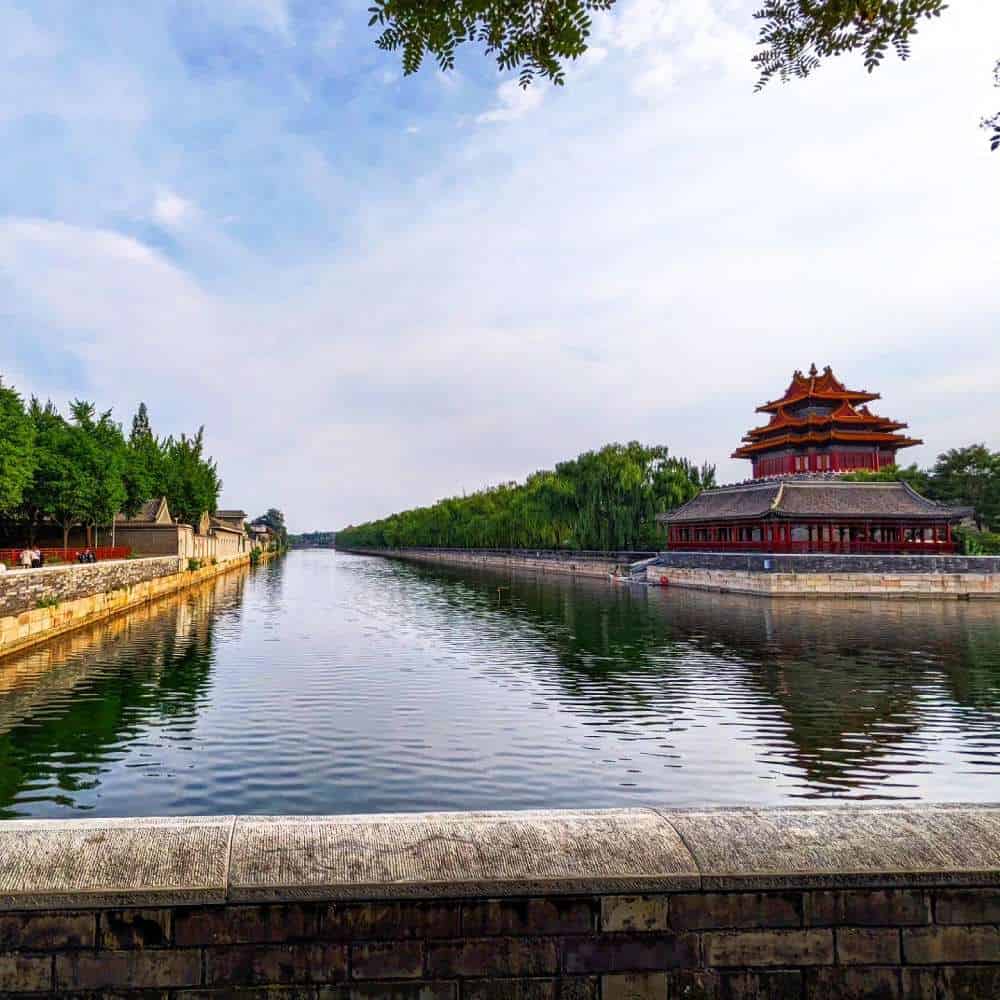
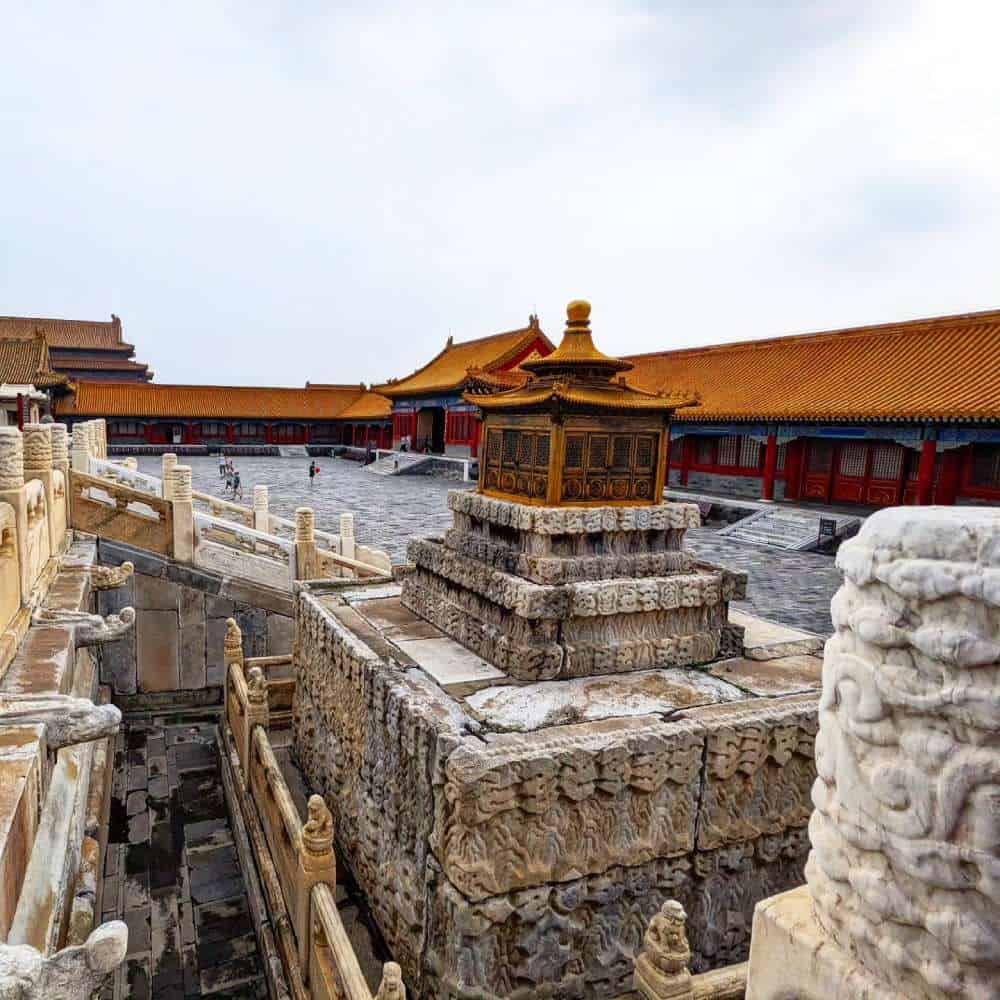
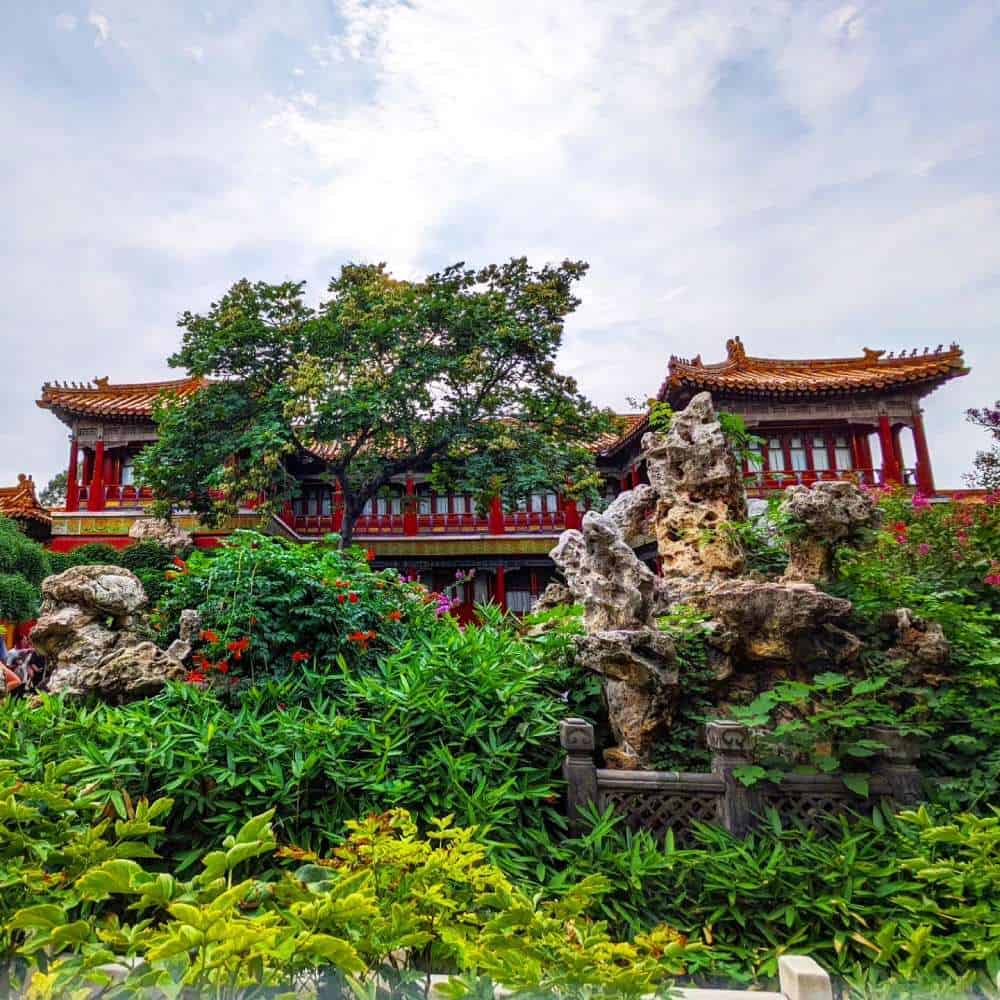
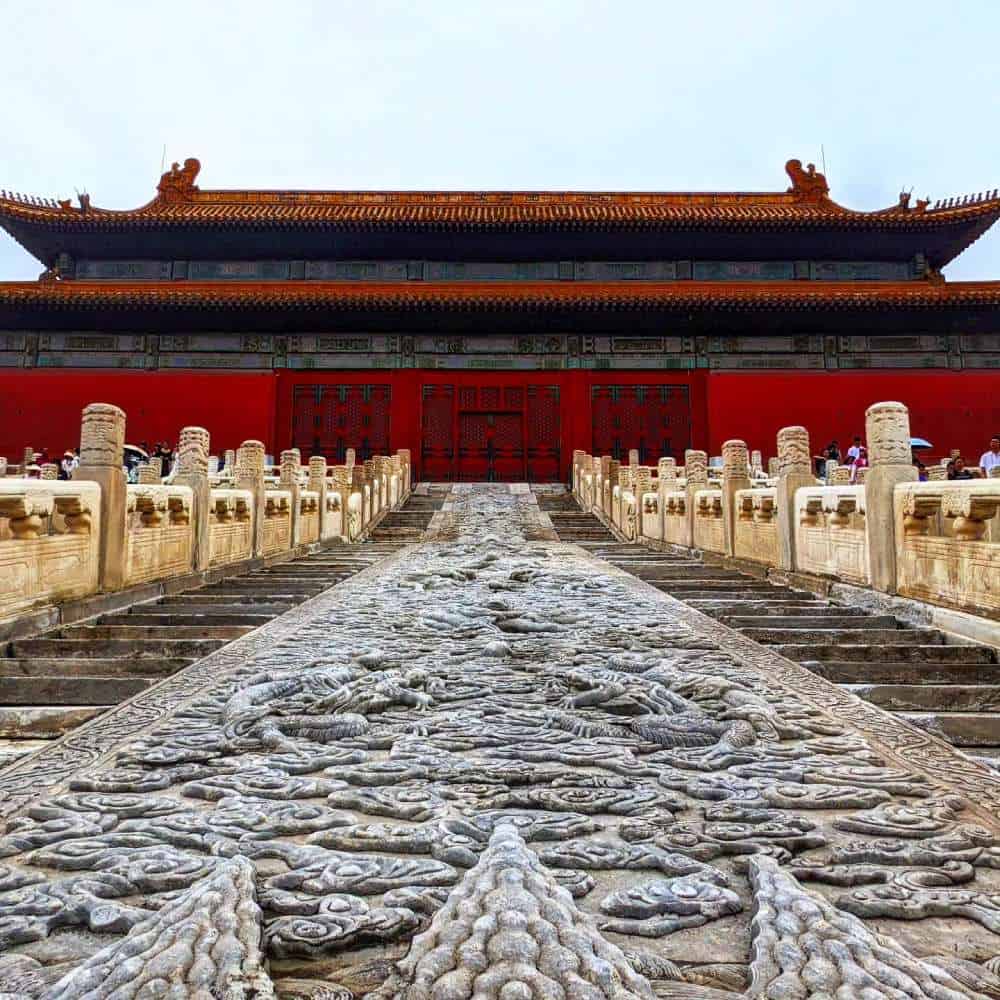
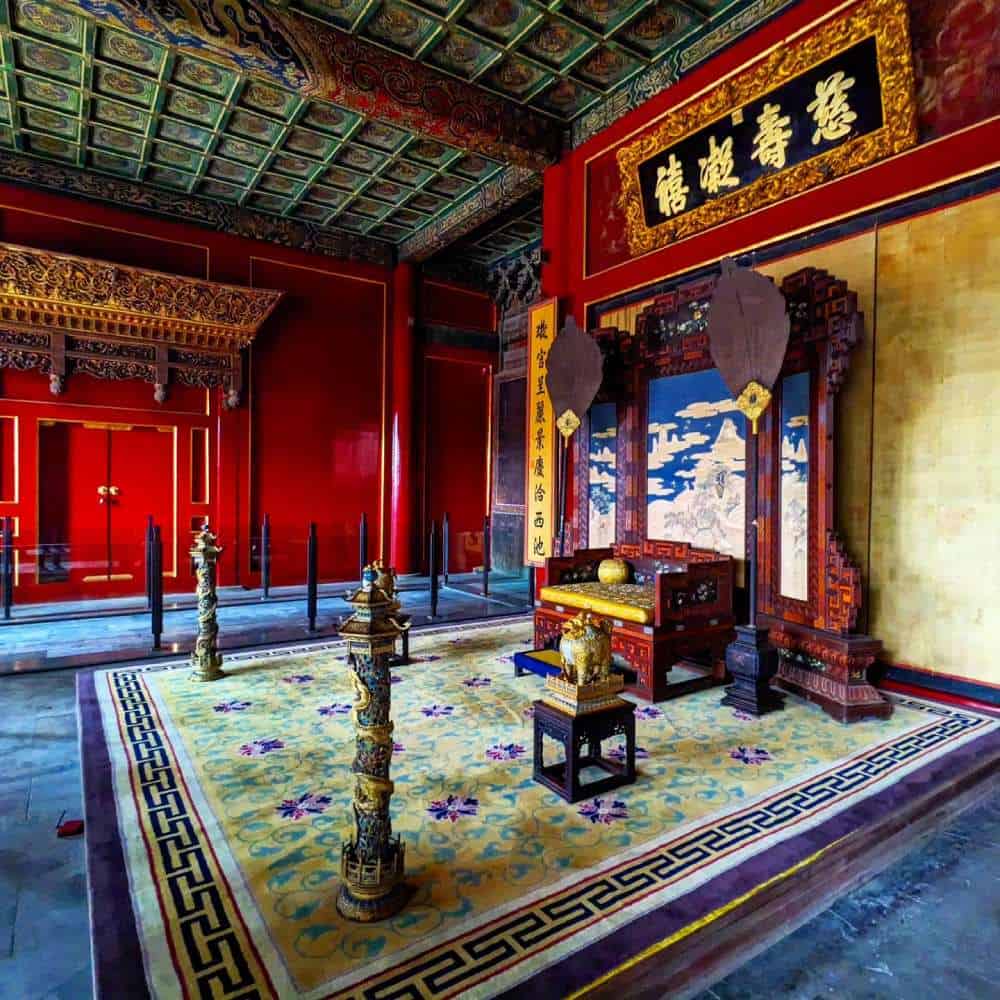
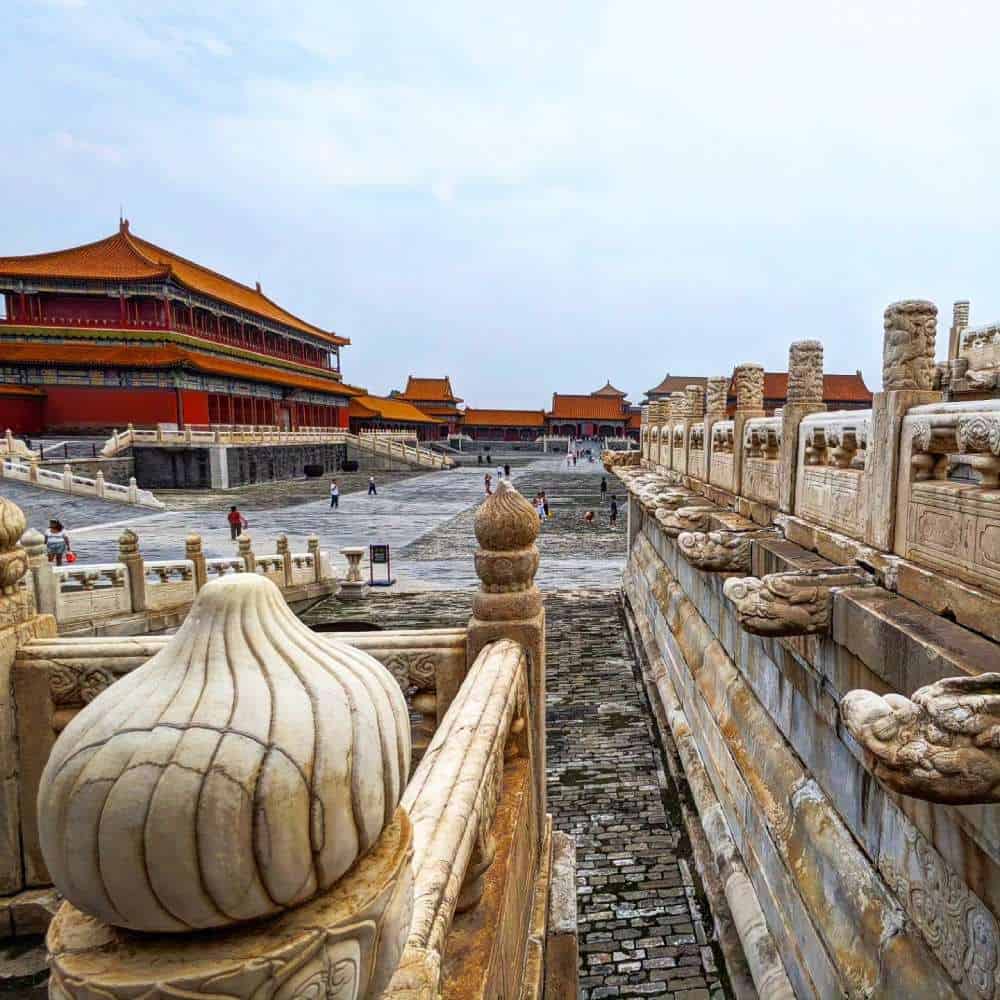
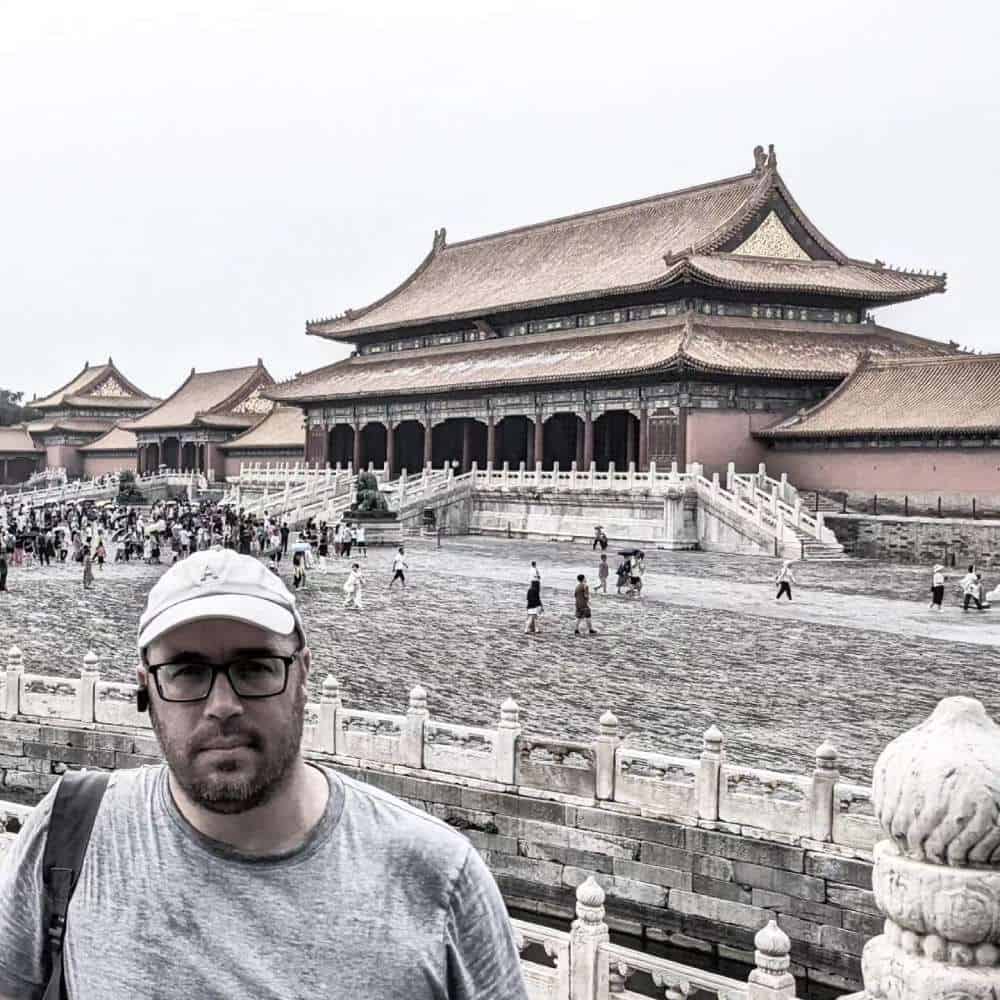
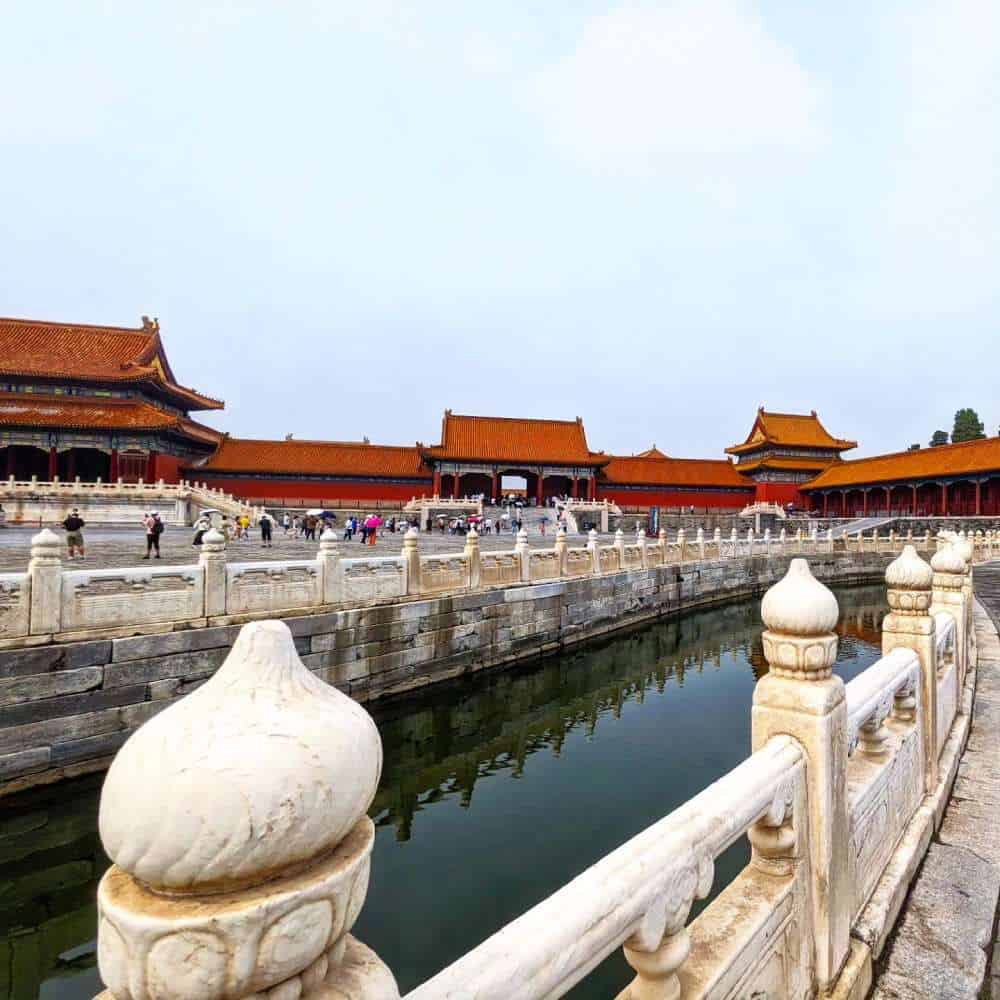
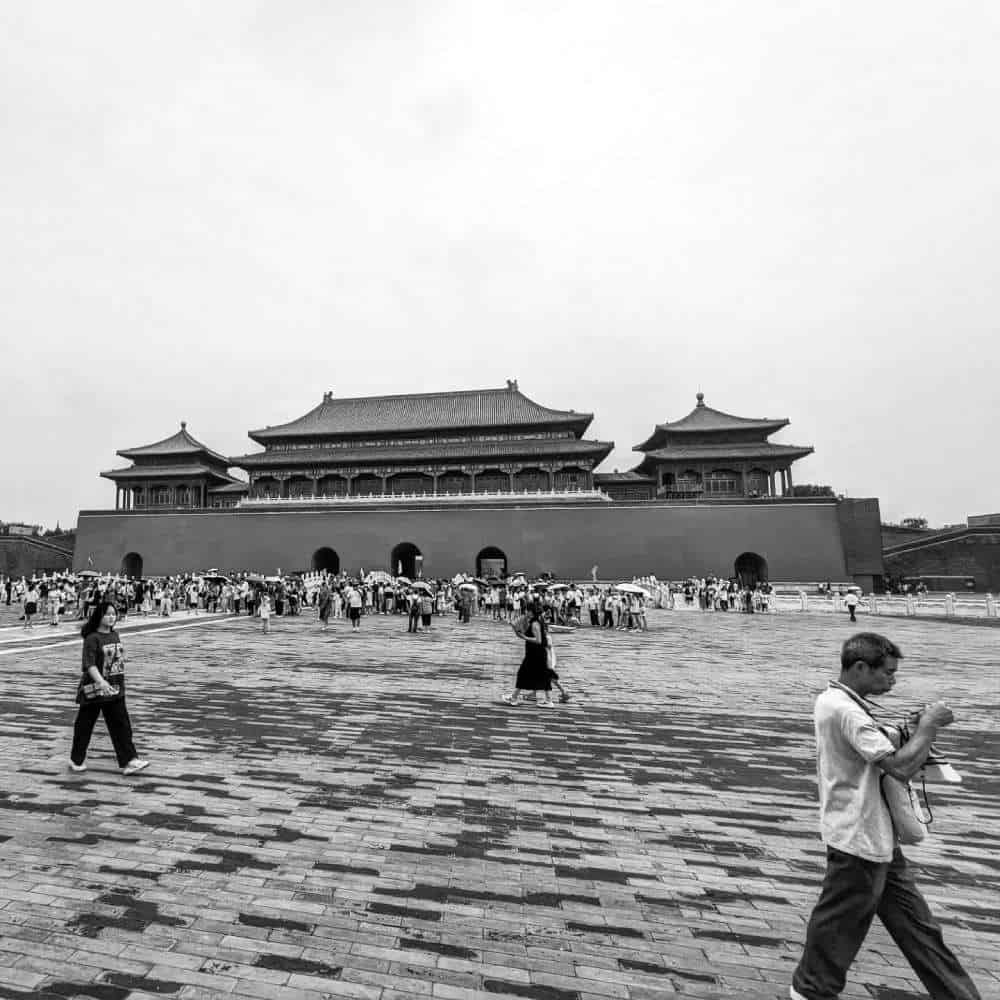
Discovering Beijing: A Fusion of Ancient Traditions and Modern Marvels
Beijing, the vibrant capital of China, is a city that effortlessly weaves together the ancient and the modern, offering visitors a rich tapestry of history, culture, and contemporary life. From imperial palaces and bustling markets to cutting-edge architecture and tranquil parks, Beijing has something for everyone. Whether you’re a history buff, a foodie, or an adventurer, Beijing promises a journey of discovery that will leave you enchanted. Let’s explore some of the best day tour options and fun things to do in this dynamic city.
The Forbidden City: A Step into Imperial History
Start your exploration of Beijing with a visit to the iconic Forbidden City, the largest and most well-preserved ancient palace complex in the world. Located in the heart of the city, this UNESCO World Heritage site served as the imperial palace for 24 emperors of the Ming and Qing dynasties. Spanning over 180 acres, the Forbidden City is a vast complex of grand halls, serene courtyards, and intricately designed buildings.
What to See: Begin your tour at the Meridian Gate, the main entrance to the Forbidden City. As you walk through the massive wooden doors, you’ll be transported back in time to a world of emperors, concubines, and eunuchs. Highlights of the Forbidden City include the Hall of Supreme Harmony, where the emperor would hold court, and the Palace of Heavenly Purity, the emperor’s living quarters.
Don’t miss the Imperial Garden, a peaceful oasis filled with ancient trees, pavilions, and rockeries. The Palace Museum, housed within the Forbidden City, is home to a vast collection of Chinese art and artifacts, including jade, porcelain, and ancient calligraphy.
Tour Options: Consider joining a guided tour to fully appreciate the history and significance of the Forbidden City. Many tours offer skip-the-line access, which is particularly useful during peak tourist season. For a more in-depth experience, opt for a private tour with a historian guide who can provide fascinating insights into the lives of the emperors and the palace’s hidden secrets.
Fun Fact: The Forbidden City has 9,999 rooms—one less than the mythical 10,000 rooms in heaven, symbolizing the emperor’s divine status.
Tiananmen Square: The Heart of China
Just outside the Forbidden City lies Tiananmen Square, one of the largest public squares in the world and a symbol of modern China. This expansive plaza is surrounded by some of the city’s most important landmarks, making it a must-visit on any trip to Beijing.
What to See: Start at the Monument to the People’s Heroes, a towering obelisk that honors those who sacrificed their lives for China’s revolution. Nearby, you’ll find the Mausoleum of Mao Zedong, where the body of the founding father of the People’s Republic of China is preserved. The Great Hall of the People, which serves as the legislative building for the Chinese government, is also located on the square.
Don’t miss the National Museum of China, which offers a comprehensive overview of China’s history, from prehistoric times to the present day. The museum’s extensive collection includes ancient artifacts, revolutionary memorabilia, and contemporary art.
Tour Options: A guided walking tour of Tiananmen Square is a great way to learn about the square’s historical and political significance. Many tours also include a visit to the Forbidden City and the nearby Temple of Heaven, making for a full day of exploration.
Fun Fact: Tiananmen Square can hold over a million people, making it a popular site for national celebrations and parades.
The Great Wall of China: A Day Trip to Remember
No trip to Beijing is complete without a visit to the Great Wall of China, one of the most impressive architectural feats in human history. While the Wall stretches over 13,000 miles, several sections are easily accessible from Beijing, making it a perfect day trip.
Which Section to Visit: The most popular section for day trips is Badaling, located about 43 miles northwest of Beijing. This section is well-preserved and offers stunning views of the surrounding mountains. It’s also the most tourist-friendly, with cable cars, handrails, and plenty of facilities.
For a less crowded experience, consider visiting the Mutianyu section, about 45 miles from Beijing. Mutianyu is known for its lush scenery and well-preserved watchtowers. You can hike along the Wall or take a cable car up and a toboggan ride down—a fun way to end your visit.
For more adventurous travelers, the Jinshanling and Simatai sections offer a more rugged experience with steep inclines and breathtaking views. These sections are partially restored, giving you a sense of what the Wall looked like in its original state.
Tour Options: There are numerous day tour options to the Great Wall, ranging from group tours to private experiences. Many tours include transportation, entrance fees, and a guide who can share the history of the Wall. Some tours also combine a visit to the Wall with other nearby attractions, such as the Ming Tombs or the Sacred Way.
For a unique experience, consider a sunrise or sunset tour, where you can witness the Wall bathed in the golden light of the sun—a truly magical sight.
Fun Fact: The Great Wall is often said to be visible from space, but this is actually a myth. However, its sheer scale and length are still awe-inspiring!
The Temple of Heaven: A Spiritual Journey
The Temple of Heaven, located in southeastern Beijing, is another UNESCO World Heritage site and one of the city’s most beautiful landmarks. This sprawling complex was once the site where emperors of the Ming and Qing dynasties would perform rituals to ensure a good harvest.
What to See: The centerpiece of the Temple of Heaven is the Hall of Prayer for Good Harvests, a magnificent circular building with a triple-tiered roof. The hall is an architectural marvel, constructed entirely of wood without the use of nails. Inside, you’ll find intricately painted beams and columns, as well as a stone altar where sacrifices were once made.
Another highlight is the Circular Mound Altar, an open-air platform where the emperor would make offerings to heaven. The Echo Wall, a circular wall that can carry a whisper from one end to the other, is a fun and interactive feature of the complex.
The surrounding park is a popular spot for locals to practice Tai Chi, fly kites, and play traditional Chinese instruments. It’s a great place to relax and soak in the peaceful atmosphere.
Tour Options: A guided tour of the Temple of Heaven is recommended to fully appreciate the complex’s symbolism and history. Many tours include a visit to the nearby Lama Temple and the Beijing Zoo, where you can see giant pandas.
For a more immersive experience, consider joining a Tai Chi or calligraphy class in the park. It’s a wonderful way to engage with Chinese culture and learn a new skill.
Fun Fact: The Temple of Heaven was designed with the principles of Feng Shui in mind, reflecting the ancient Chinese belief in the harmony between heaven and earth.
The Summer Palace: An Imperial Retreat
Escape the hustle and bustle of the city with a visit to the Summer Palace, a serene retreat that was once the playground of emperors. Located about 9 miles northwest of Beijing, the Summer Palace is a vast complex of palaces, gardens, and lakes, offering a tranquil escape from the city.
What to See: Start your visit at the Hall of Benevolence and Longevity, the main administrative building of the palace. From there, explore the beautiful Longevity Hill, dotted with pavilions, temples, and halls. The hill offers panoramic views of Kunming Lake, the centerpiece of the Summer Palace.
Take a leisurely stroll along the Long Corridor, a covered walkway adorned with thousands of paintings depicting scenes from Chinese mythology and history. The Marble Boat, a lakeside pavilion made of stone, is another must-see attraction.
For a more active experience, rent a paddleboat or take a dragon boat cruise on Kunming Lake. The lake is particularly beautiful in the summer when the lotus flowers are in bloom.
Tour Options: A guided tour of the Summer Palace is a great way to learn about the history and significance of this imperial retreat. Many tours also include a visit to the Old Summer Palace, located nearby, which was destroyed during the Second Opium War.
For a romantic experience, consider an evening tour that includes a boat ride on Kunming Lake followed by a traditional Chinese opera performance.
Fun Fact: The Summer Palace was extensively rebuilt in the late 19th century by the Empress Dowager Cixi, who diverted funds intended for the navy to restore the palace.
The Hutongs: Exploring Beijing’s Old Neighborhoods
To get a taste of traditional Beijing life, take a stroll through the city’s hutongs—narrow alleyways lined with traditional courtyard houses. The hutongs offer a glimpse into Beijing’s past, where you can experience the city’s rich culture and meet its friendly residents.
What to See: Some of the most famous hutongs include Nanluoguxiang, a bustling alleyway filled with shops, cafes, and restaurants, and Wudaoying Hutong, known for its trendy boutiques and bars. Dongjiaomingxiang, located near Tiananmen Square, is home to several historic buildings, including former foreign embassies.
As you wander through the hutongs, you’ll see residents playing mahjong, chatting with neighbors, and going about their daily lives. Many of the courtyard houses have been converted into cafes, guesthouses, and art galleries, offering a blend of old and new.
Tour Options: Consider taking a guided rickshaw tour of the hutongs for a fun and informative experience. Your guide will share stories about the history of the hutongs and the people who live there. Some tours also include a visit to a local family’s home, where you can learn about traditional Chinese customs and enjoy a homemade meal.
For a unique experience, join a night tour of the hutongs, where you can explore the alleyways by lantern light and discover hidden bars and live music venues.
Fun Fact: The word “hutong” comes from the Mongolian word for “water well,” as many of the alleyways were built around wells.
Modern Beijing: Art, Shopping, and Cuisine
While Beijing is steeped in history, it’s also a modern metropolis with a vibrant arts scene, world-class shopping, and a diverse culinary landscape.
798 Art District: This trendy area, located in a former industrial complex, is the heart of Beijing’s contemporary art scene. The 798 Art District is home to dozens of galleries, studios, and cafes, where you can explore cutting-edge art and design. Don’t miss the Ullens Center for Contemporary Art, one of the leading art institutions in China.
Wangfujing Shopping Street: If you love shopping, head to Wangfujing Street, one of the most famous shopping districts in Beijing. Here, you’ll find everything from luxury boutiques and department stores to street vendors selling souvenirs and snacks. Be sure to visit the Wangfujing Snack Street, where you can sample a variety of Chinese street foods, including scorpions on a stick!
Culinary Delights: Beijing is a foodie’s paradise, offering a wide range of dining options from street food to fine dining. Don’t leave the city without trying Peking Duck, a famous dish that originated in Beijing. Many restaurants, such as Quanjude and Dadong, specialize in this crispy, flavorful dish, which is traditionally served with pancakes, scallions, and hoisin sauce.
For a more casual dining experience, visit one of Beijing’s night markets, such as Donghuamen Night Market or Gui Street, where you can sample a variety of local dishes, including dumplings, skewers, and hotpot.
Tour Options: Consider joining a food tour of Beijing, where you can sample a variety of local dishes and learn about the city’s culinary traditions. Some tours also include a visit to a local market, where you can see fresh produce and spices and even try your hand at making dumplings.
For art lovers, a guided tour of the 798 Art District is a great way to explore the area’s galleries and meet local artists. Many tours include a visit to nearby attractions, such as the Beijing National Stadium (Bird’s Nest) and the National Aquatics Center (Water Cube).
Fun Fact: The 798 Art District was originally a factory complex that produced electronics for the military. Today, it’s one of the most vibrant cultural hubs in Beijing.
Day Trip to the Ming Tombs: Exploring the Imperial Mausoleums
Just a short drive from Beijing, the Ming Tombs are the final resting place of 13 emperors of the Ming Dynasty. This UNESCO World Heritage site is a fascinating place to explore, offering a glimpse into the grandeur and mystery of China’s imperial past.
What to See: The most famous of the tombs is the Dingling Tomb, the only one that has been fully excavated and opened to the public. The underground palace, where the emperor and his empresses were buried, is a labyrinth of chambers filled with treasures and relics.
Another highlight is the Sacred Way, a grand avenue lined with stone statues of animals and officials, leading to the entrance of the tomb complex. The Changling Tomb, the largest of the Ming Tombs, is also worth a visit for its impressive architecture and beautiful surroundings.
Tour Options: Many day tours to the Ming Tombs are combined with a visit to the Great Wall, making for a full day of exploration. Some tours also include a visit to the Sacred Way and the Beijing Olympic Park.
For a more immersive experience, consider a private tour with a historian guide who can provide detailed insights into the history and significance of the Ming Tombs.
Fun Fact: The Ming Tombs cover an area of over 40 square kilometers, making it one of the largest imperial burial complexes in the world.
Beijing Opera: A Night of Cultural Immersion
End your day in Beijing with a night at the Beijing Opera, one of the most iconic forms of Chinese performing arts. Known for its elaborate costumes, colorful makeup, and dramatic performances, Beijing Opera is a must-see for anyone interested in Chinese culture.
Where to Go: The Huguang Guild Hall and the Liyuan Theater are two of the most famous venues for Beijing Opera in the city. Both theaters offer nightly performances, where you can enjoy a selection of classic opera scenes, complete with English subtitles.
For a more interactive experience, some tours offer backstage access, where you can meet the performers, see the elaborate makeup process, and even try on a costume.
Fun Fact: Beijing Opera originated in the 18th century and has since become a symbol of Chinese culture, with over 1,000 different plays in its repertoire.
Conclusion: A City of Endless Possibilities
Beijing is a city that offers something for everyone, from history and culture to modern attractions and culinary delights. Whether you’re exploring the grandeur of the Forbidden City, hiking along the Great Wall, or immersing yourself in the local arts scene, Beijing promises an unforgettable experience.
So, pack your bags, bring your curiosity, and get ready to discover the wonders of Beijing—one of the most captivating cities in the world.

